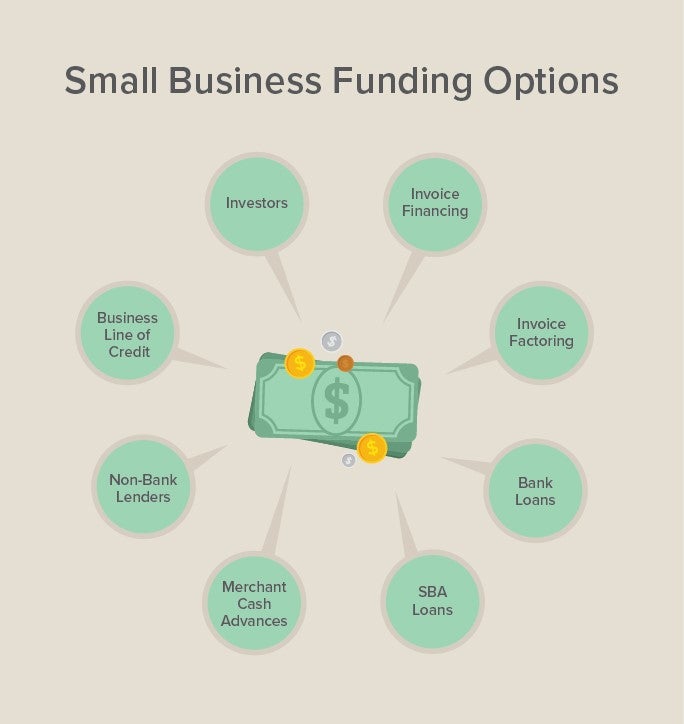


This stagnated funding has resulted in only 14% of research grant applications receiving support, compared to 24% just a decade ago, 3 and the average age of a first-time grant recipient has increased from 37 years in 1980 to 42 years today. For most of the last decade, year over year, NCI funding has failed to keep pace with increased research costs. 2 Meanwhile,in recent years, the budget of the NCI has fallen woefully short of what’s needed. Unfortunately, the federal research investment has stagnated in recent years-as the cost of doing research has gone up.Ĭancer is claiming more than 1600 lives in America every single day. Redoubling the federal investment in cancer research would accelerate progress against the disease and likely result in advances in other diseases, too. In my lifetime, cancer research has gone from a good bet to a sure one. This public-private partnership is responsible for bringing promising new lifesaving treatments to patients, and it is essential to ultimately defeating this disease. Government-funded basic research and clinical trials serve as the building blocks for private-sector research and development. Robust and sustained investment in basic science and clinical research is paramount to maximize public and private innovation that has turned the war on cancer into an imminently winnable fight. Targeted and precision therapies for a number of cancers are directly attacking the disease, rather than the patient’s entire body-significant progress from the days when those lucky enough to survive the disease were often left with lifelong debilitating side effects. On a positive note, research has led to vaccines and early detection tests that can prevent some cancers altogether, as well as treatments that can both increase the number of years of survivorship for millions along with the quality of those years. The fact remains that the federal government is, by far, the largest public investor in cancer research and a critical player in our ability to promote discovery in a disease that is forecast to kill more than 589,000 Americans this year. Unfortunately, researchers who are forced to halt multi-year projects when funding runs out must abandon potential discoveries in process.
MONEYWELL FUNDING TRIAL
Patients enrolled in clinical trials who have exhausted other treatment options cannot put their disease on hold while a trial awaits funding. Research is not like a light bulb that can be turned on and off depending on when funding becomes available. To fully maximize our potential for progress, research funding must be dependable and consistent. Answers continue to elud us when it comes to detecting and treating many types of cancer. In fact, since death rates peaked 2 decades ago, we have averted more than 1.5 million cancer deaths. Since the early 1990s, this federal investment in cancer research has led to the development of early detection and treatment tools that have resulted in a 22% drop in death rates in both men and women 1 many cancers are no longer the automatic death sentence they were a generation ago. Passage of the Act dedicated federal resources to fight cancer by creating the National Cancer Program, which is led by the National Cancer Institute (NCI). In 1971, President Richard Nixon publicly resolved to make a national commitment to defeat cancer when he signed the National Cancer Act. There is real hope for bringing an end to the death and suffering that cancer causes, but doing so requires that we make the fight against cancer a national priority. While many of us struggle each year to keep our personal health resolutions, elected officials face similar challenges: maintaining their commitment to our nation’s health.


 0 kommentar(er)
0 kommentar(er)
